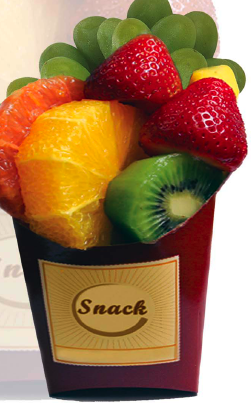For the scientifically literate, those with at least the intellect of 17th century peasants who understood 'the dose makes the poison', strawberries are healthy and safe. as is the rest of the EWG Dirty Dozen list that just happens to never include organic food sprayed with toxic chemicals the day it's shipped to Whole Foods.
This year, strawberries will be even better than usual. There are two reasons: rain and a cooler spring. Those mean larger fruit, and also extended shelf life, which means less waste. That is a win on every level.

Larger fruit has been a goal of farmers for the last 12,000 years and it's no different today - but modern agriculture has meant that instead of needing to be born lucky into a natural breadbasket suitable for growing food, people can have diverse locally-grown diets everywhere. Irrigation and optimization mean greater yields even in once poor regions. EWG will still roll out images of Big Pharma vaccine needles stuck into strawberries but it's not true today any more than it ever was.
Even labor will have an easier time, notes Jayesh Samtani, associate professor in the School of Plant and Environmental Sciences at Virginia Tech: "With larger strawberries, fewer fruits are needed to fill the clamshell container. The whole idea being that the fewer berries to fill the box, the more efficient the harvest process."





Comments